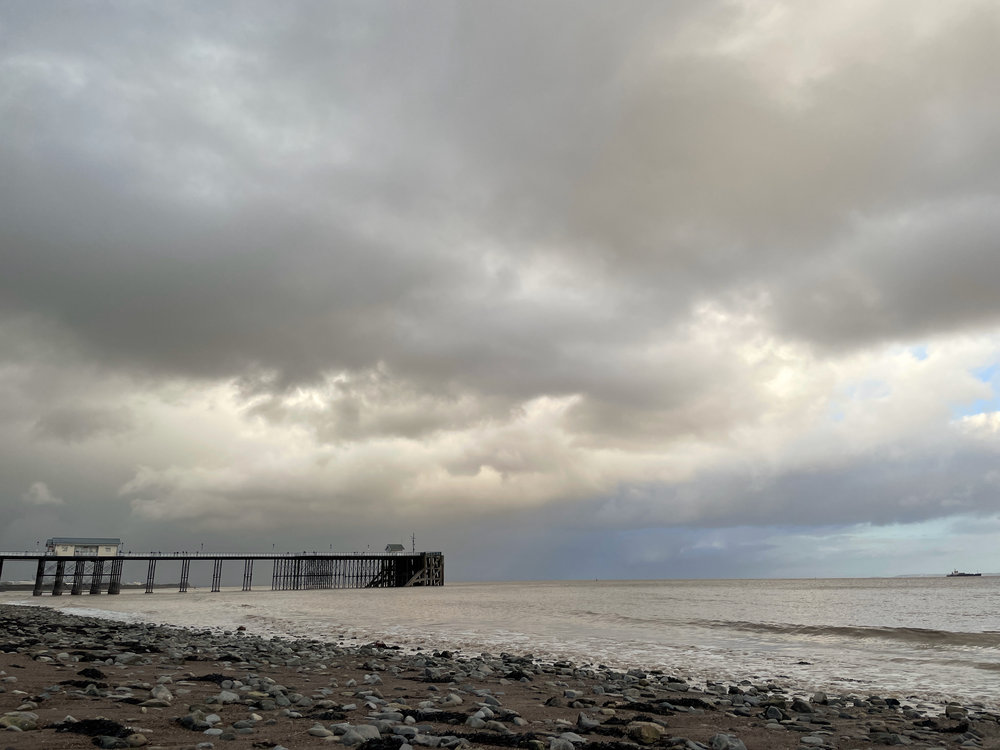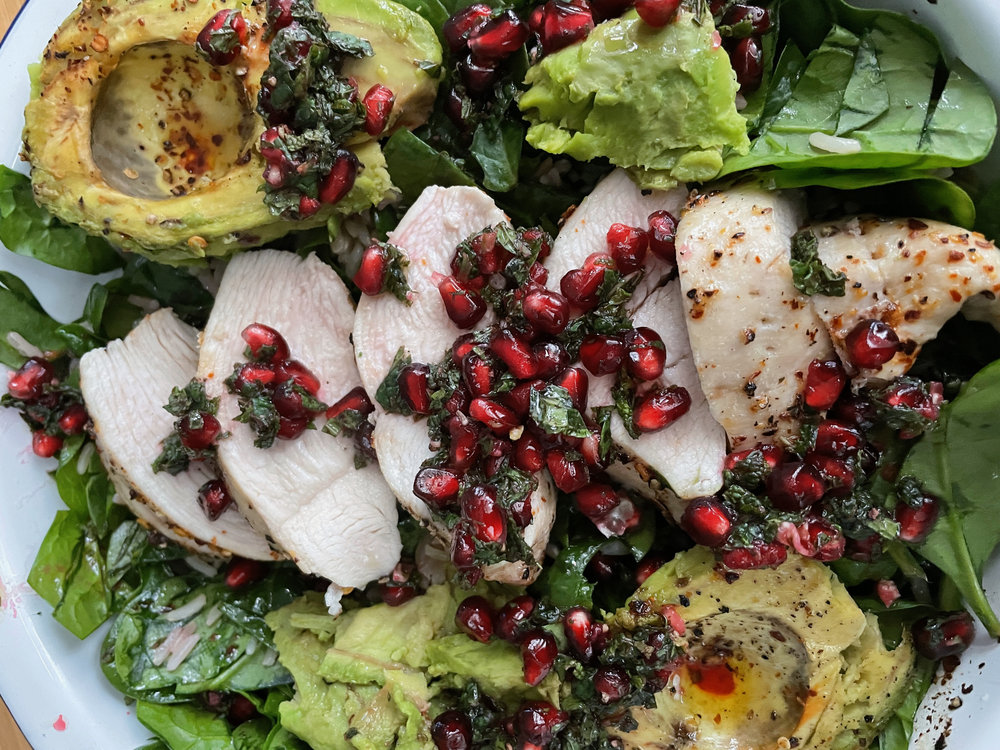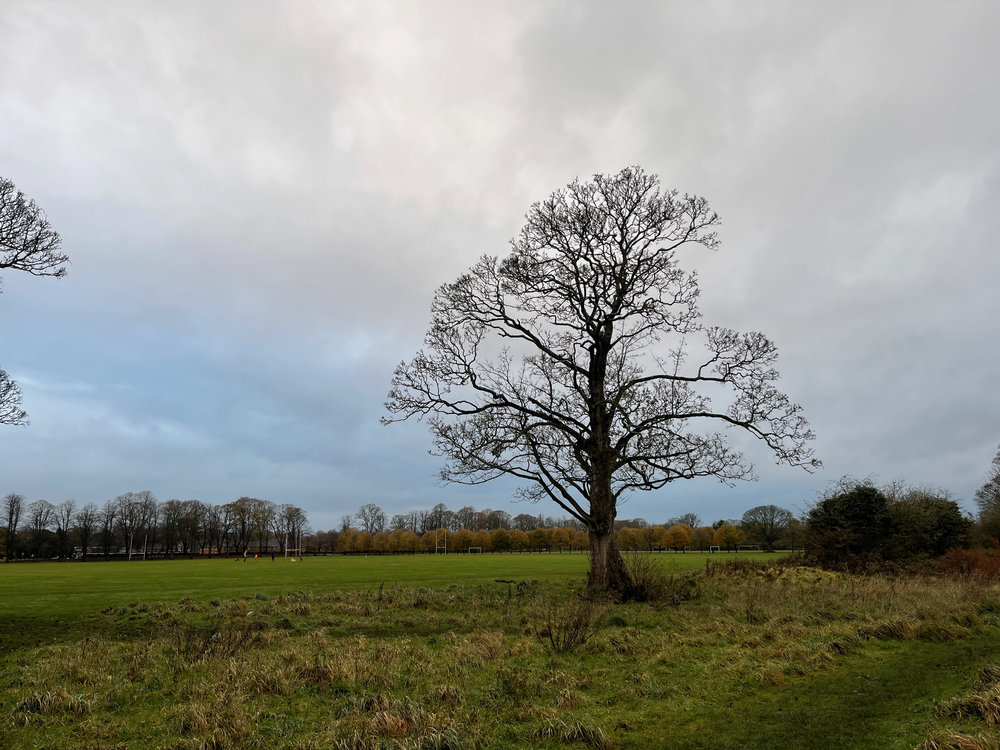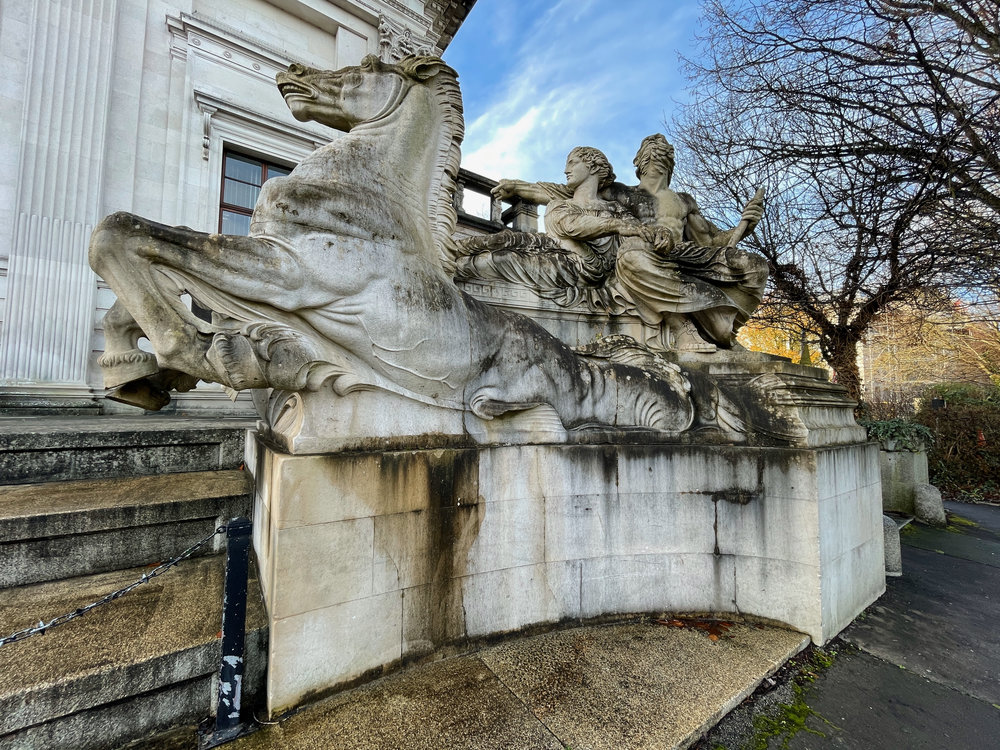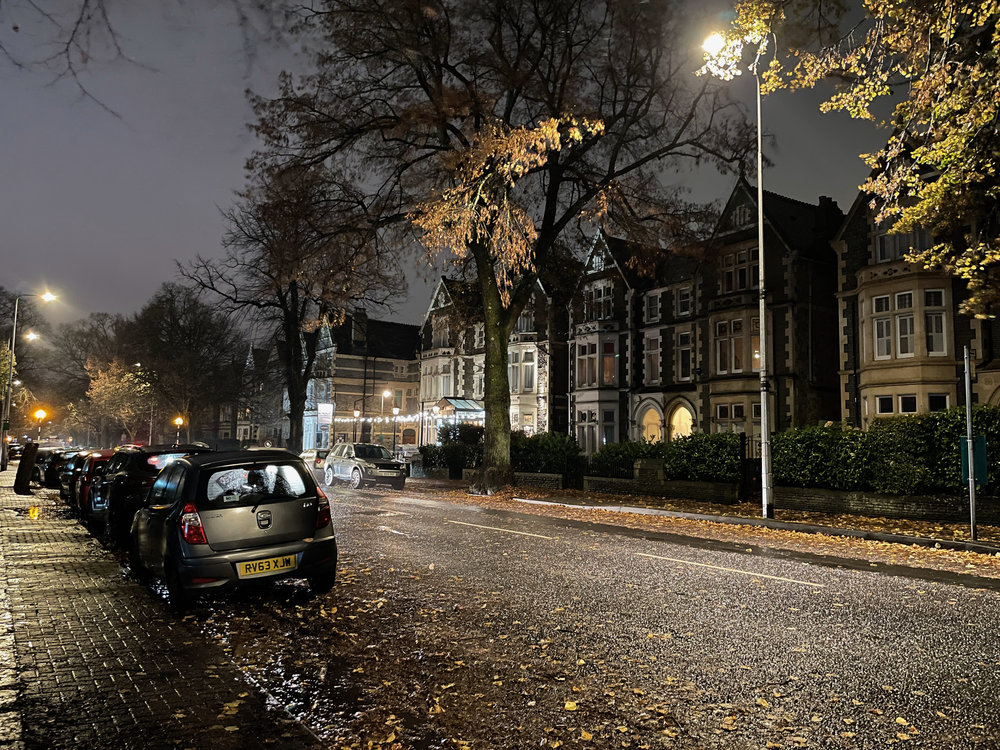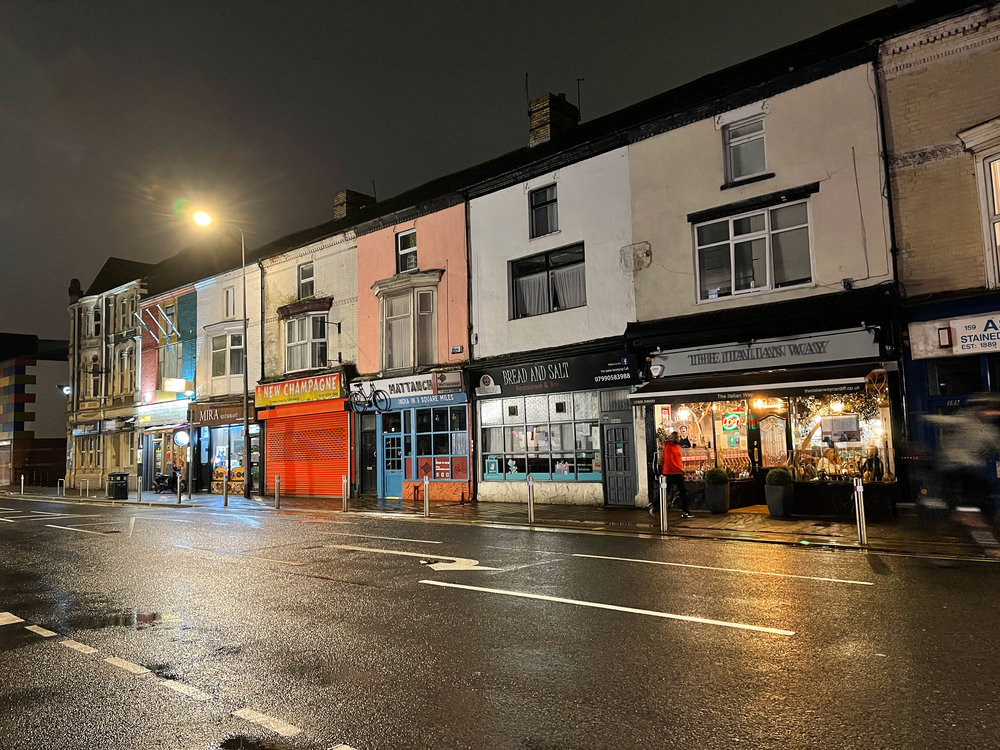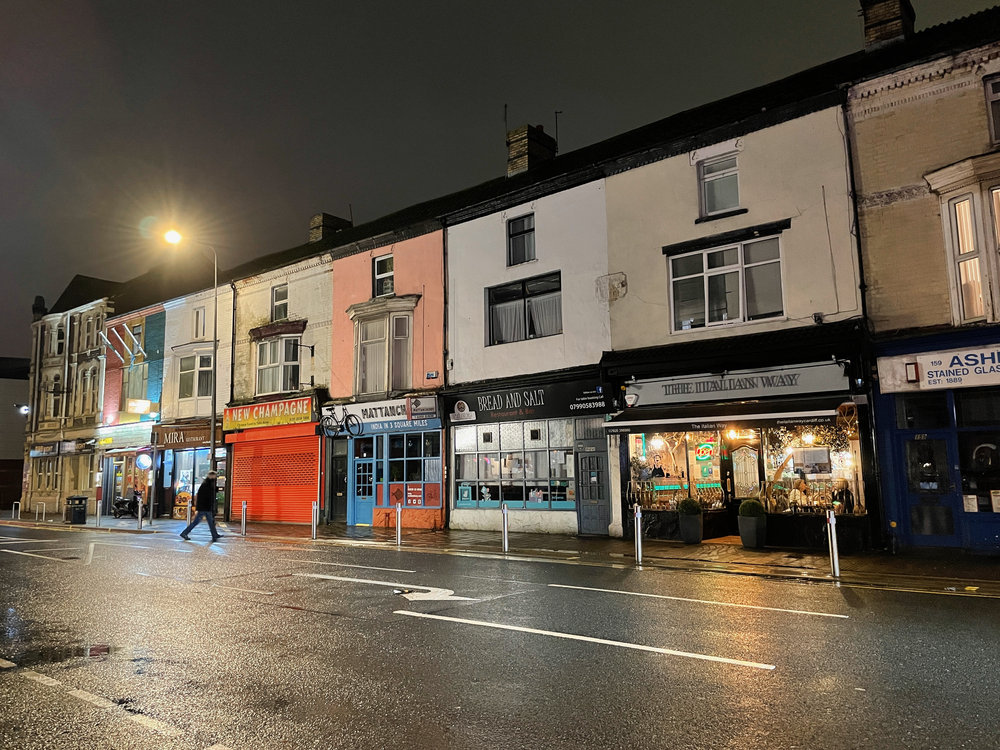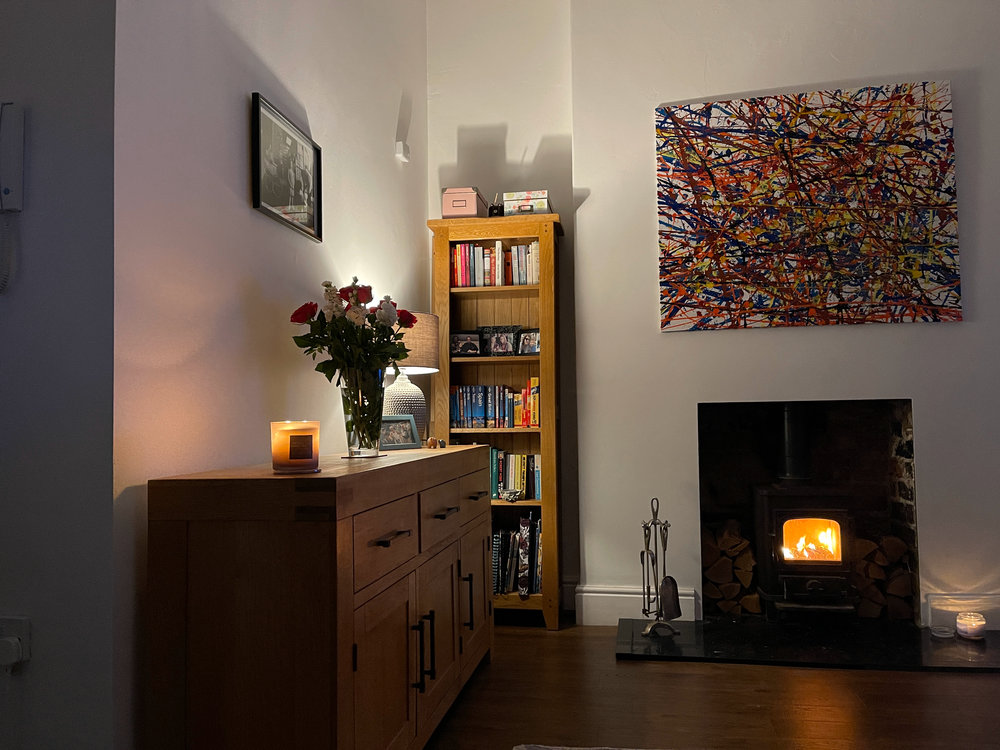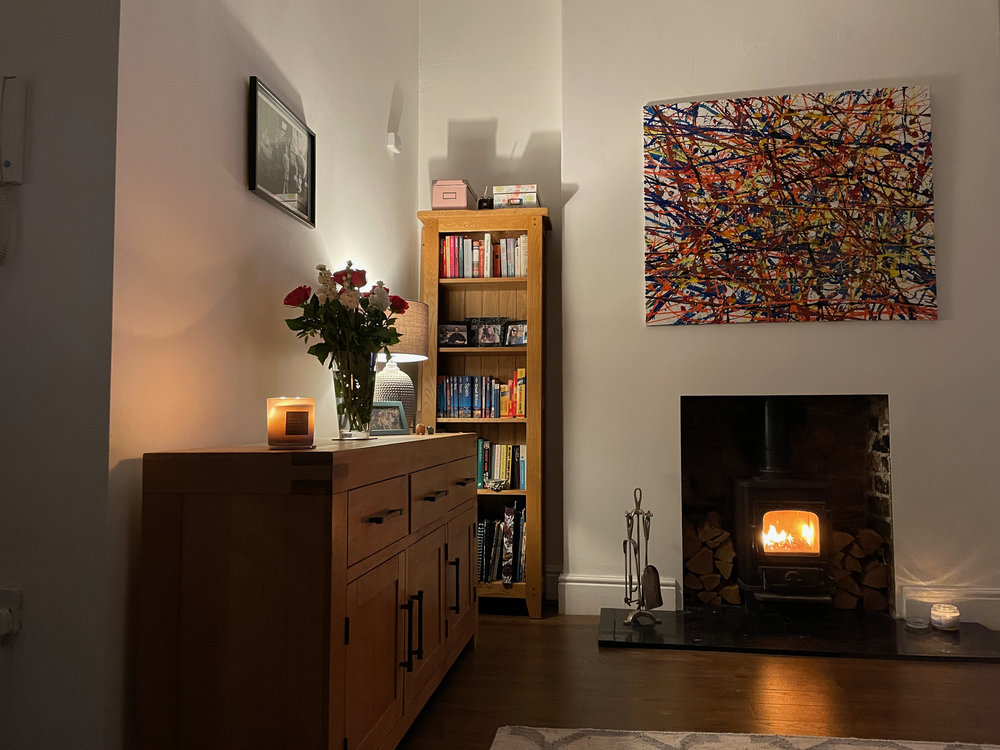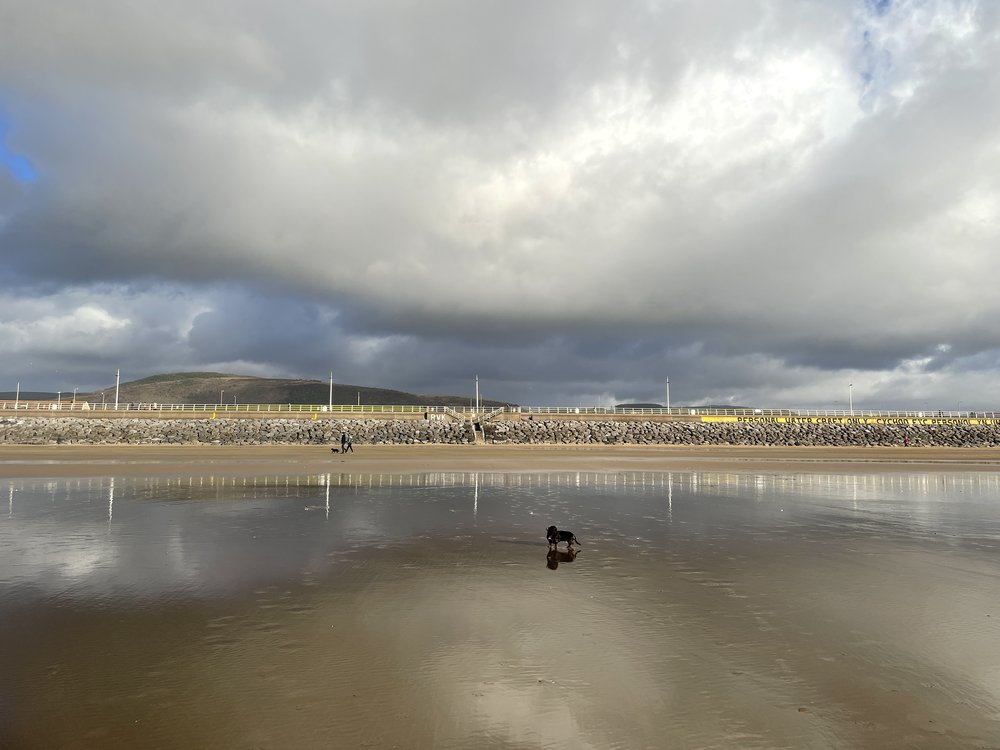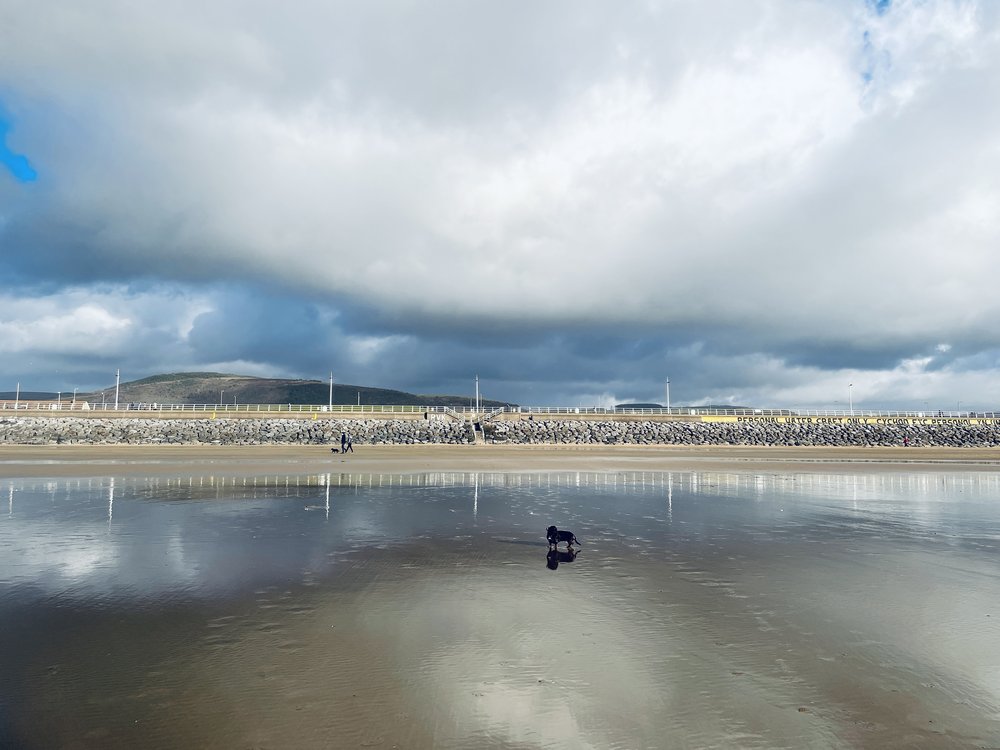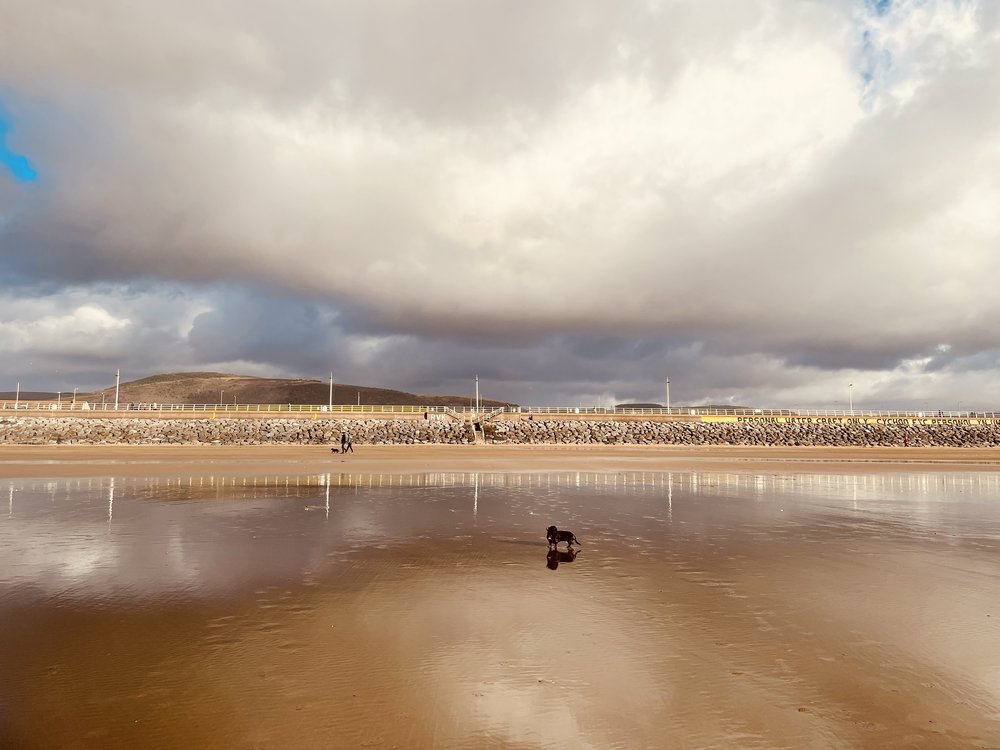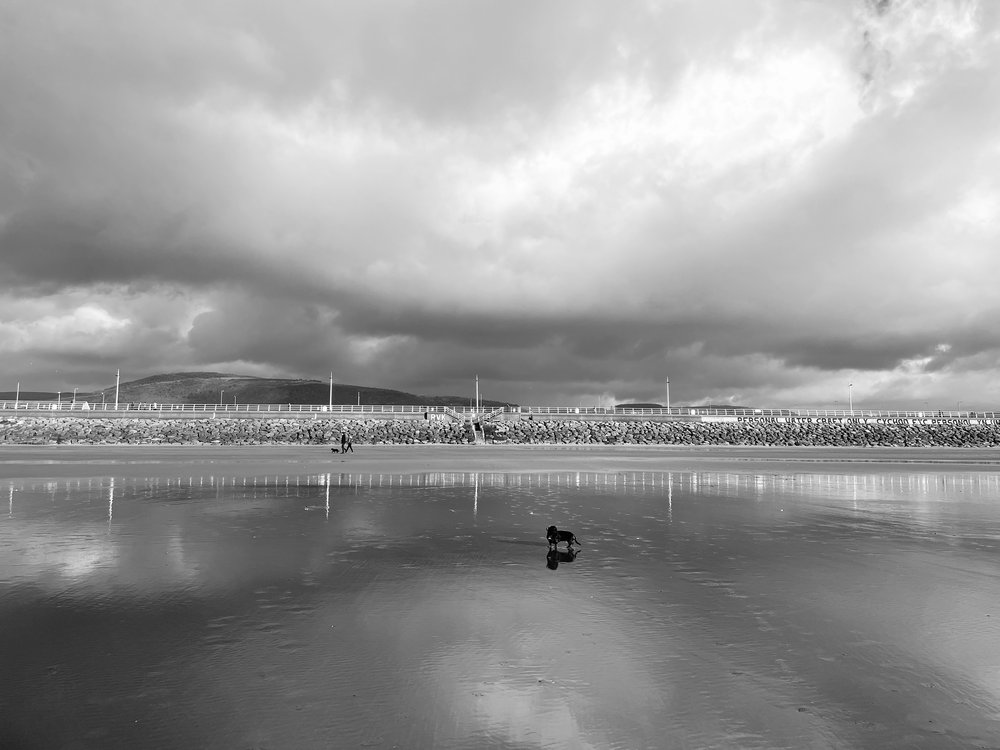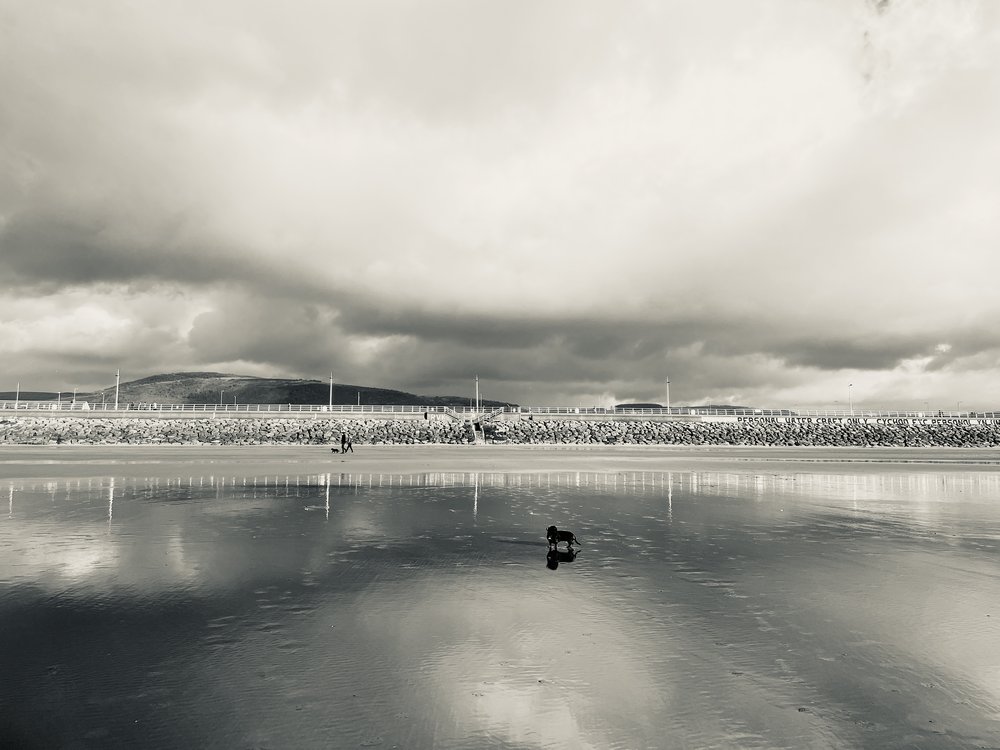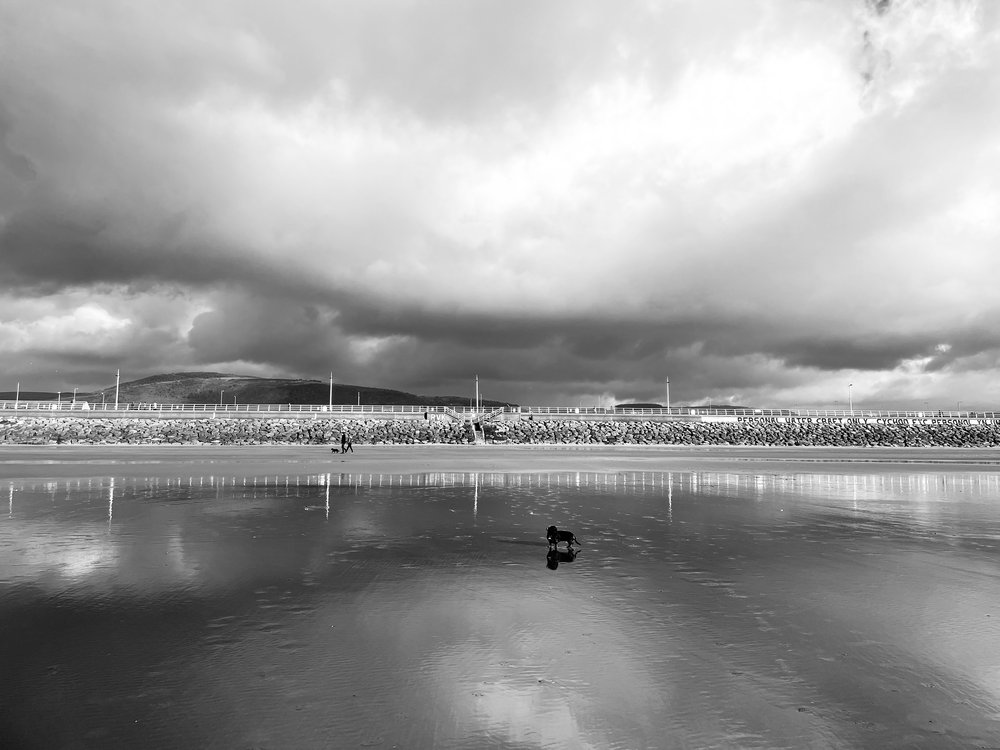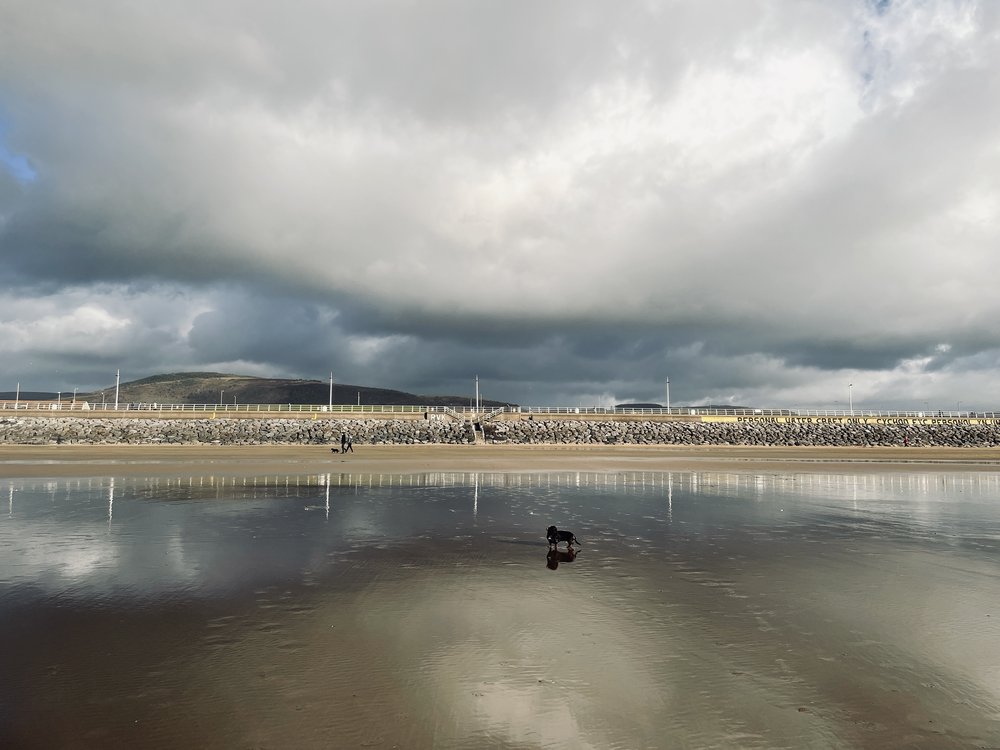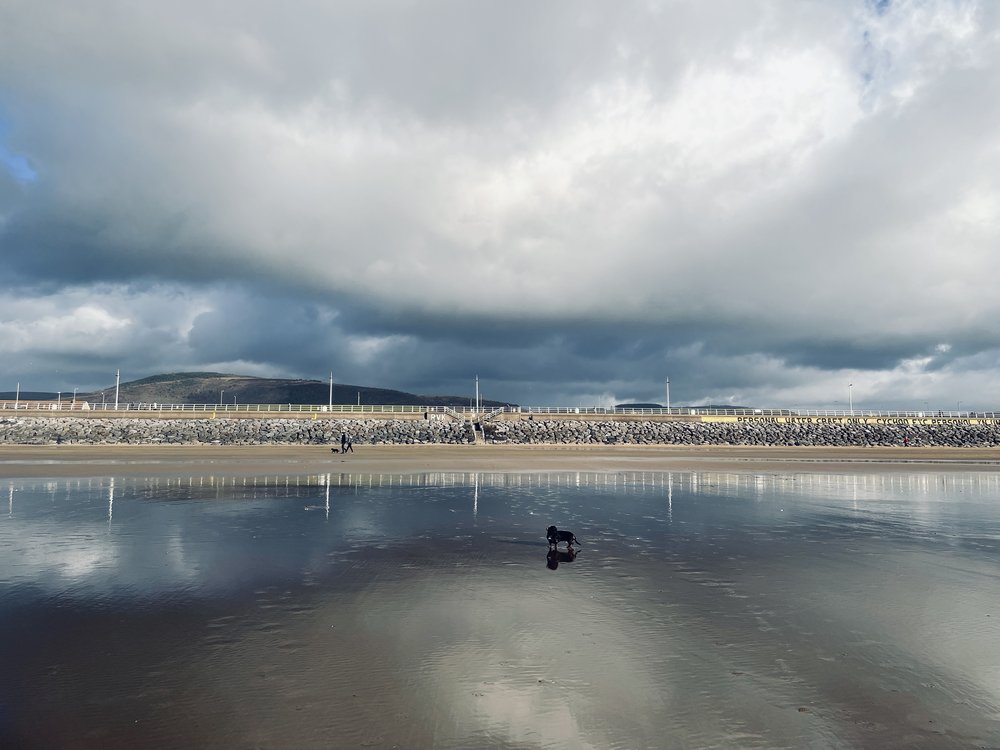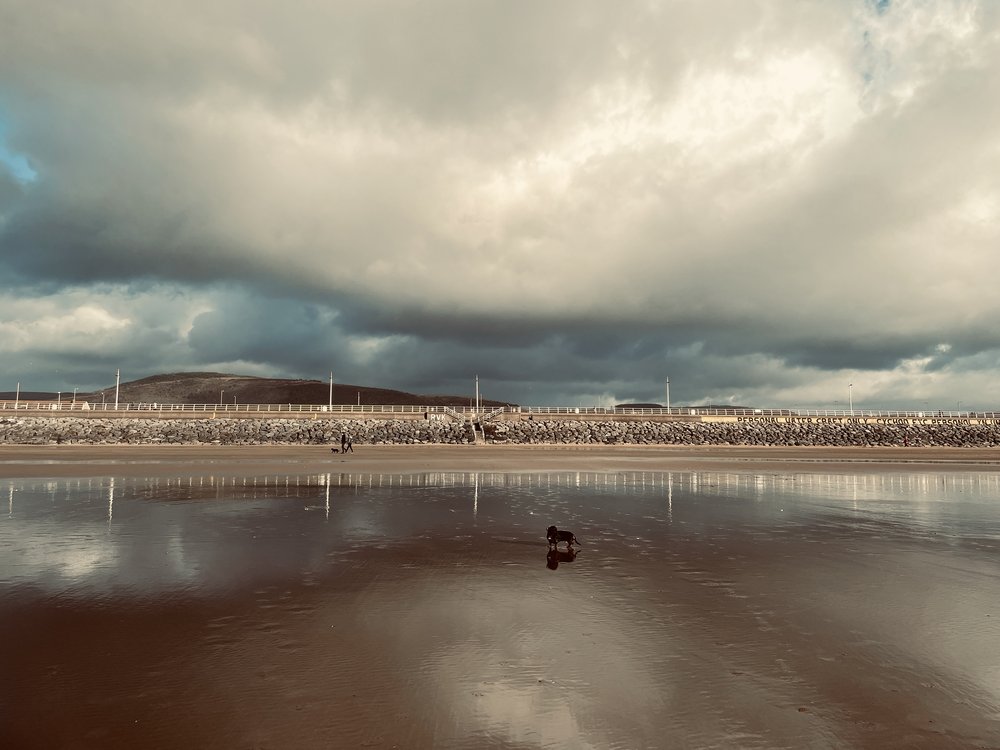
Quick Verdict
Apple has produced two excellent phones with the iPhone 12 Pro series, giving you the option to choose between two models depending on which size you prefer. The larger phone (iPhone 12 Pro Max) may technically have the better camera - on paper - but in practice, the differences are minimal. The smaller model (iPhone 12 Pro) can be picked up at a cheaper price, and is easier to use and fit in your pocket. Both produce fantastic images and video, making them the best iPhones yet.
+ Pros
- Can shoot in raw format
- Simple to use
- Triple lens set up
- Cons
- iPhone 12 Pro Max very large
- Expensive compared to some brands
- No “advanced” or “pro” mode
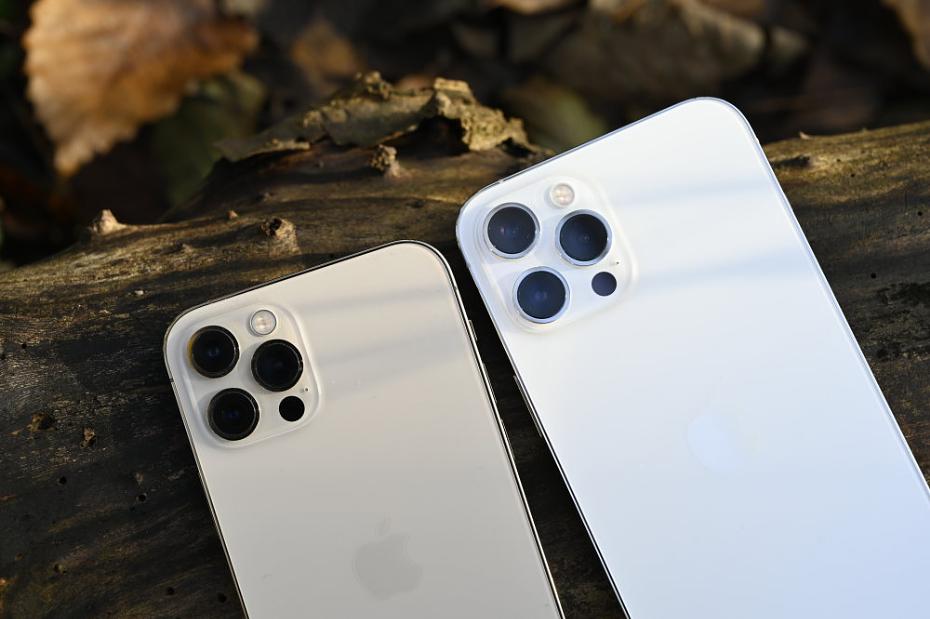
This year, Apple announced four new iPhone models at its keynote back in October. This review will focus on the two “Pro” models, the iPhone 12 Pro and the iPhone 12 Pro Max, which we think are the most likely to appeal to photographers. There’s also an iPhone 12, and an iPhone 12 Pro Mini, which are both cheaper than those in the Pro series, but don’t come with such advanced camera features.
Apple iPhone 12 Pro / Max Features
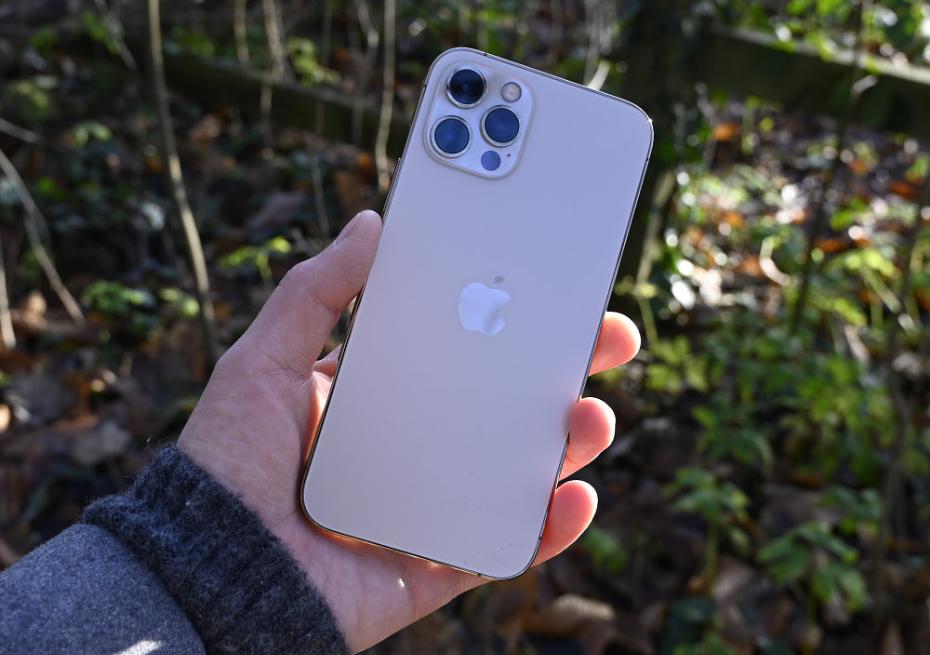
Both the iPhone 12 Pro models feature a triple-lens setup, giving you a wide angle, ultra-wide angle and a telephoto lens. On paper, the iPhone 12 Pro Max should be the better performer, photographically, as it has a number of advantages over the smaller model.
A good example, is that although both feature 26mm f/1.6 lenses as the “main” camera, the iPhone 12 Pro Max’s sensor is larger than the iPhone 12 Pro. It also features sensor-shift optical image stabilisation (wide), while the iPhone 12 Pro uses Dual optical image stabilisation only (wide and telephoto). Both of these specifications should make the Max better for shooting in lower light conditions, and produce smoother video.
Another divergence is with the telephoto lens. The iPhone 12 Pro has a 2x zoom lens, giving you 52mm f/2.0 equivalent. Meanwhile, the iPhone 12 Pro Max has a 2.5x zoom, which is 65mm f/2.2 equivalent. Whether you consider one or the other to be better here is down to personal preference - but you could say that getting closer to your subject is an advantage with the longer lens.
As well as the triple lens set up, there is also a LiDAR scanner, which is there to help judge distance and make autofocus quicker. On the front of the phones there is a 12 megapixel f/2.2 selfie camera - it’s the same on both phones.
Other notable features of the iPhone 12 Pro - from a camera point of view - is 4K video recording at up to 60p. Dolby Vision HDR is a new feature for the iPhone 12 Pro series, the ability to shoot in raw format and various shooting modes, including Portrait Mode and Night Mode. Perhaps the biggest piece of non-camera related news is the addition of 5G connectivity, which is a first for iPhones. This means you can enjoy faster download and upload speeds - if you have a compatible sim card / contract.
The base memory level of the iPhone 12 Pro series is 128GB, but you can also get 256GB and 512GB variants. Prices start at £999 for the 128GB version of the iPhone 12 Pro, or £1099 for the 128GB version of the iPhone 12 Pro Max.
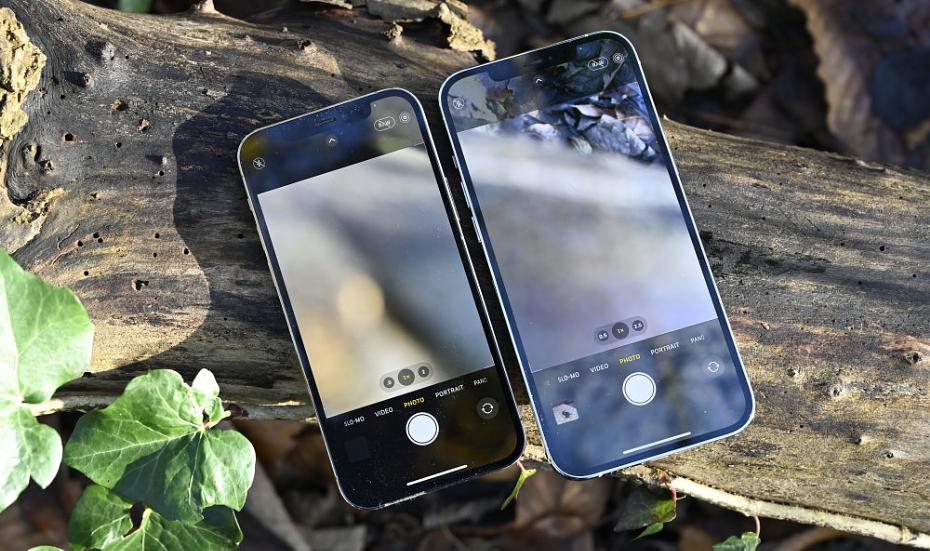
Key Features
- 6.1” screen, Super Retina XDR display 2532 x 1170 pixels @ 460ppi, Ceramic Shield Front (iPhone 12 Pro)
- 6.7” screen, Super Retina XDR display 2778 x 1284 pixels @ 458ppi, Ceramic Shield Front (iPhone 12 Pro Max)
- Rear cameras: 3 x 12MP sensors, 26mm f/1.6 (both), 13mm f/2.4 (both), 52mm f/2.0 (iPhone 12 Pro) / 65mm f/2.2 (iPhone 12 Pro Max)
- LiDAR scanner
- Front camera: 12MP f/2.2
- Camera features: Apple ProRAW, Night Mode, Portrait Mode
- Video: 4K @ 24/30/60fps, 1080p @ 30/60fps, Slo-Mo, Dolby Vision HDR
- Battery: (size not specified), fast charging
- Memory: 128GB/256GB/512GB
- Dimensions & Weight: 146.7 x 71.5 x 7.4mm / 187g (iPhone 12 Pro), 160.8 x 78.1 x 7.4mm / 226g (iPhone 12 Pro Max)
- Other: Lightning connector, MagSafe compatible, 5G, Face Detection
- Water resistant (IP68)
- Colour options: Silver, Graphite, Gold, Pacific Blue
Apple iPhone 12 Pro / Max Handling

Available in two sizes, the iPhone 12 Pro series are both premium models. The iPhone 12 Pro is the smaller of the two, with the iPhone 12 Pro Max being very large and almost approaching “phablet” territory. Which you prefer will likely come down to personal preference, but those with smaller finds might find the Max more difficult to use in certain scenarios, such as texting or emailing. It’s also difficult to fit the Max in smaller pockets (such as tight jeans), which is something to consider. On the plus side, viewing images, videos and apps on the larger screen of the Pro Max is great, so it might be worth the trade-off for that reason.
Both models have a “Ceramic Shield” front, which should mean that they are resistant to scratches, with Apple claiming that they are up to 4x better at “drop performance” than their predecessors in the iPhone 11 Pro range. Apple has also gone back to a more squared-off edge design, such as we saw in older models like the iPhone 4. This gives the phones a more utilitarian type appearance, but they remain quite striking.
One feature which appears on both models is the “notch” at the top of the screen, where the front-facing camera is found. This cuts quite significantly into the screen, and can’t be switched off. Still, most apps are designed with it in mind so it shouldn’t present too much of a problem in most scenarios. Apple uses Face Detection to unlock the phone, which you can set up when you first switch on the phone. Alternatively, you can use a pin code to unlock the phone, but there’s no fingerprint sensor here.
iPhones have always been known for their simplicity when it comes to the native camera app. We’re starting to see a little more advanced control compared to very early models, but there’s still nothing in the way of a professional mode which gives you access to deeper settings. While this may be frustrating for enthusiast users, the plus side is a simple or straightforward experience that allows you to concentrate on getting the shot.
The native app can be launched directly from the lock screen by holding down the camera icon. By default, it will launch in Photo mode, whereby you’ll be able to take ordinary shots. There are other modes you can swipe to, including video and Portrait modes. The standard Photo app gives you the option to change exposure, aspect ratio, add a digital filter, set a timer and shoot “Live Photos” (where a short video is recorded alongside a still image). A new feature for the iPhone 12 Pro series is the ability to record in raw format (DNG). You’ll need to enable this from the main menu first, after which, the option to shoot in raw will appear at the top of the app screen.
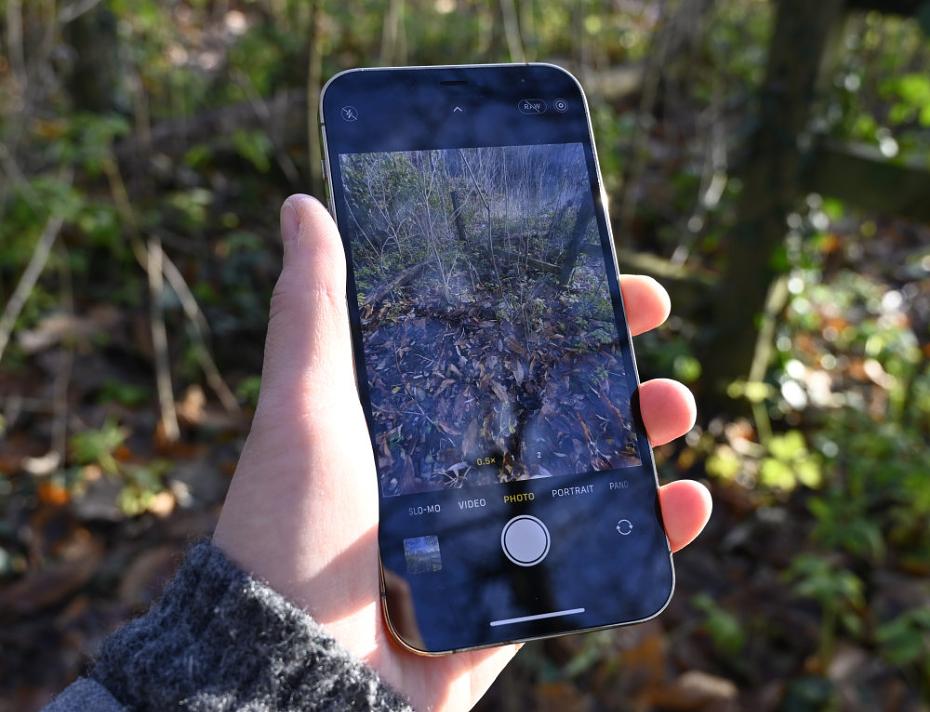
You have three different lenses to choose from, whichever iPhone 12 Pro model you have. For the iPhone 12 Pro, there’s a 1x lens, a 0.5x lens and a 2x lens. You can select which one you want to use by tapping the icons at the bottom of the camera app (or to the side if you’re holding it in landscape format). If you have the iPhone 12 Pro Max, the telephoto lens is a 2.5x optic instead. Alternatively, you can also pinch outwards on the phone screen to zoom in and out - though if you go beyond 2/2.5x, you’ll be activating digital zoom.
Portrait mode is for creating shallow depth of field effects and can be used with any type of subject - not just people, although the results will always be better if you’re photographing something with a more defined outline. Video mode allows you to shoot at up to 4K, at frame rates up to 60fps. You can also shoot in Dolby Vision HDR, but note that videos recorded in this format can only be viewed on compatible devices - such as other iPhones, or Macs running OS Catalina or later.
Apple’s Night Mode is not something which can be manually selected, but rather something that will automatically appear should the phone detect that there’s not enough light in the scene. Once it does appear, you can control how long it shoots for - or switch it off altogether if you prefer. It works essentially by shooting a number of short exposures and merging them together.
It’s worth noting that although the iPhone 12 Pro series phones come with a Lightning cable, they don’t come with a battery adapter. According to Apple, this is because most who buy an iPhone already have an adapter, so to reduce environmental waste, it’s no longer included in the box. If you don’t have a battery adapter, you’ll need to buy one separately. For the same reasons, Apple does not include headphones in the box either. Wireless charging (up to 7.5W) is possible with the iPhone 12 Pro series, as we saw before with the iPhone 11 Pro. You can also charge via a “Magsafe” charger, which attaches magnetically to the phone and charges wirelessly (up to 15W) - again, it is sold separately.
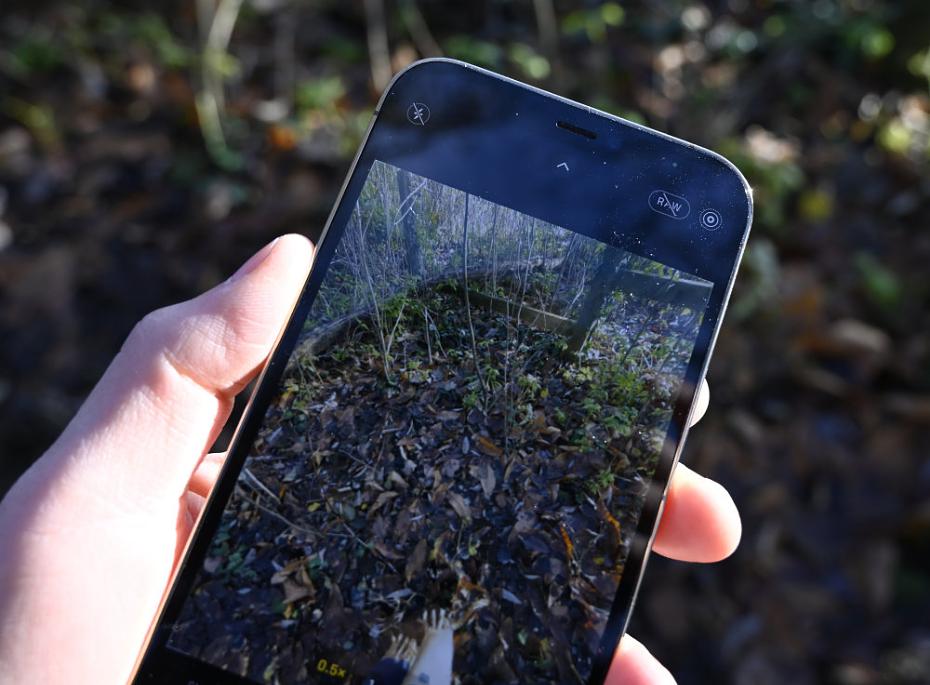
Battery life - Apple does not disclose the physical specifications of its batteries, however it does give an indication of battery performance. The iPhone 12 Pro boasts up to 17 hours of video playback, 11 hours of streamed video, or up to 65 hours of audio playback. The iPhone 12 Pro Max meanwhile offers 20 hours of video playback, 12 hours of streamed video or 80 hours of audio playback. Both phones are fast-charge capable, which means you can get up to 50% charge in around 30 minutes with a 20W adapter or higher (sold separately).
If you're going to be away from a power source, we'd recommend getting yourself a portable power bank just in case.
Apple iPhone 12 Pro / Max Performance
The performance section is where we look at the image quality performance of the camera. Additional sample photos and product shots are available in the Equipment Database, where you can add your own review, photos and product ratings.
Apple iPhone 12 Pro Sample Photos
As we’ve seen from pretty much every generation of iPhone to date, images directly from the iPhone 12 Pro series phones are excellent. They show off great colours, a good level of detail and display a good sense of realism.
Portrait Mode does a good job of creating impressive shallow depth of field images. It works better with people and subjects with a clearly defined outline (such as pets), but it puts in a decent effort with other subjects, like flowers and so on.
Despite there being differences between the iPhone 12 Pro and the iPhone 12 Pro Max, in practice, you’d be hard pushed to spot much of a difference between the two. In darker conditions, the larger phone (with its larger sensor) appears to shoot for a little less time when Night Mode engages, than the small phone. However, the resulting images look pretty much identical when viewed side by side.
Night Mode itself is an impressive performer, coping very well with low light conditions - especially when viewed on the screen of the phone.
Apple iPhone 12 Pro Lens test images
Lens Performance - The wide lens performs the best out of the three available on either phone - as we’d expect. The ultra-wide lens is the same on both models and works well when the light is good. It’s less impressive when light levels are low, but for landscape shots and the like taken in bright light, it’s ideal. The telephoto lens on both models performs very well, including in lower light. With the iPhone 12 Pro Max you can get closer to your subject, which you might consider to be “better”, depending on the subjects you like to shoot - though there’s not a whole lot in it. Digital zoom is reasonable if you really do need to get closer, but is probably best avoided on the whole.
ISO Noise Performance - You don’t have any direct control over the ISO speed used by the camera, but low light performance is good enough to not feel like you’re missing out too much. When light levels are low, Night Mode will kick in. As you’d expect, there is more noise when higher ISOs are used. You can apply noise reduction settings if you shoot in raw format and edit.
Apple iPhone 12 Pro Scene modes
White Balance Performance - Again, you don’t have any control over white balance settings, but like with ISO, there’s no reason to be concerned in the majority of cases, where colours are represented fairly even when shooting under artificial lights and so on.
Apple iPhone 12 Pro Digital filters
Digital Filters - There is a selection of Digital Filters which you can apply either at the point of capture, or afterwards. If you decide you don’t like a filter, you can change it. The filters are shown above.

Panorama mode - Panoramas are generally stitched quite well, though you can sometimes see some anomalies if you look closely.
Video - The iPhone 12 Pro series captures video, with the rear camera(s), with the following options: 4K @ 24/30/60fps, 1080p @ 30/60fps, 1080p Slow Mo @120/240fps, 720p Slow Mo @ 240fps. Footage is smooth, with accurate colours. The video mode is very simple to use, and footage from the iPhone 12 Pro Max is perhaps ever so slightly smoother if you’re walking / moving while recording. You can see a difference if you shoot with HDR enabled, but this is only viewable if you have a compatible device - such as the phone itself. Colours tend to “pop” a little more from the screen, although non-HDR videos are also very good.
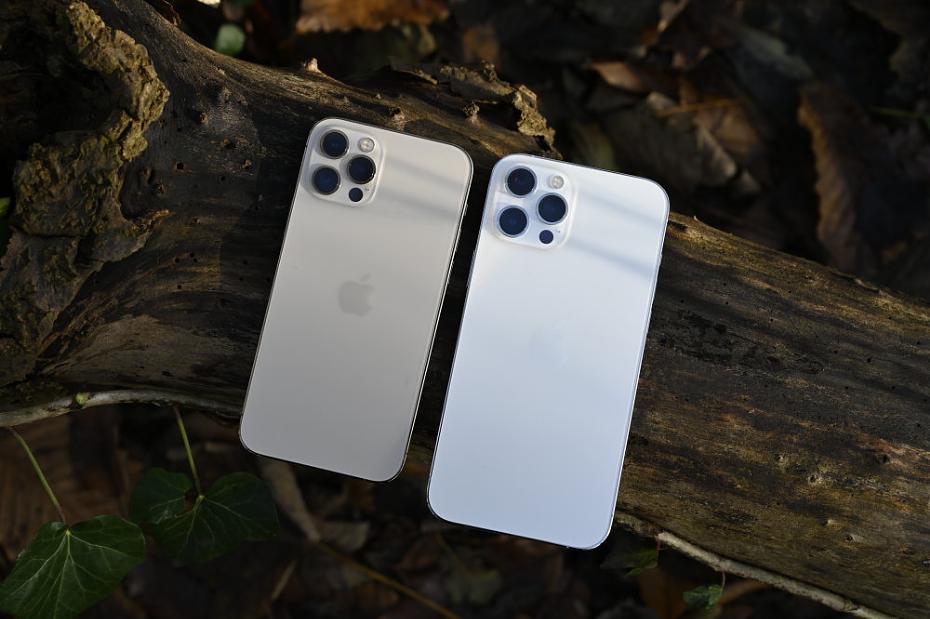
Value For Money
There’s no way you could call the iPhone 12 Pro series phones “cheap”, by any means, but they don’t compare too badly to some other premium models on the market - particularly Samsung’s top end phones, the Samsung S20 Ultra and the Note 20 Ultra.
These iPhone models sit very firmly in “premium” territory, but if you’re looking for a more budget version, you could look towards the iPhone 12 or the iPhone 12 Mini.
Have a look at more smartphones in our Top 20 Best Smartphones for Photography or have a look at the Best Smartphones under £300 for Photography.
Apple iPhone 12 Pro / Max Verdict
If you’re already a fan of the iPhone brand, you’ll likely be thrilled with the iPhone 12 Pro series - whichever of the two models you decide to opt for. There’s lots to like, with simplicity of operation, 5G connectivity, 4K video recording and excellent stills results all going for them.
Whether you want to go for the larger model or the smaller one is almost entirely down to personal preference. There will be plenty who opt for the smaller one as it fits more neatly in your pocket (and your hand), while those who want the best viewing experience (or perhaps have larger hands) have the option of plumping for the bigger model.
Although there are some on-paper differences between the iPhone 12 Pro and the iPhone 12 Pro Max’s cameras, in reality, the results are very hard to distinguish between - so the decision will almost certainly come down to which screen size you prefer, how much you want to spend - and perhaps if you crave that (slightly) longer telephoto lens.
If you are already an owner of one of the iPhone 11 Pro models, there’s not a huge amount here to tempt you to upgrade - camera wise - with very similar results from the last iteration. That said, there may be other reasons which draw you towards upgrading - such as 5G connectivity.
|
Both the iPhone 12 Pro and the iPhone 12 Pro Max are excellent propositions which produce fantastic and very similar quality images - stick with the smaller 12 Pro and save yourself a bit of cash, unless you particularly want a very large screen. |
Own this product? Let us know what you think of it in the EQDB.
Spotted a mistake? Let us know in the EQDB.
